Baby Sexing
Dilakukan dengan menggunakan senter tepat di atas bagian pangkal ekor LG baby, sehingga akan terlihat transparan dan kemerahan..
Male
Perhatikan pada pangkal ekor, ada 2 garis urat merah, yang nantinya akan membentuk bulges seperti pada LG jantan adult..
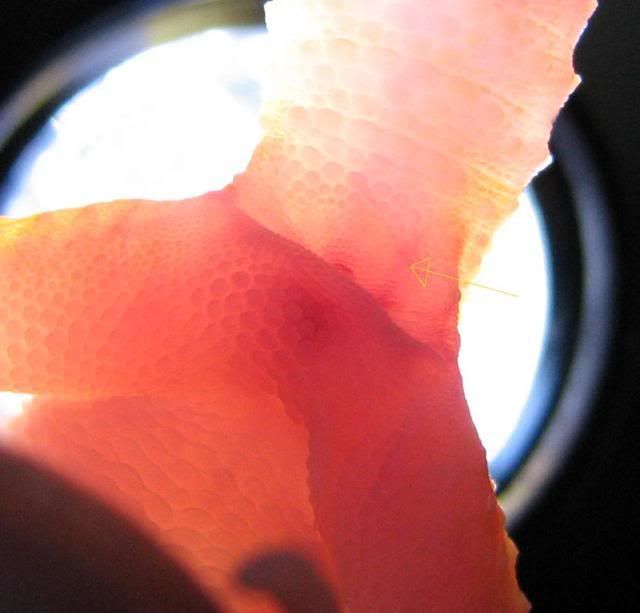
Female
Pada LG baby betina, pada pangkal ekor polos, tidak ada urat merah seperti yang jantan..
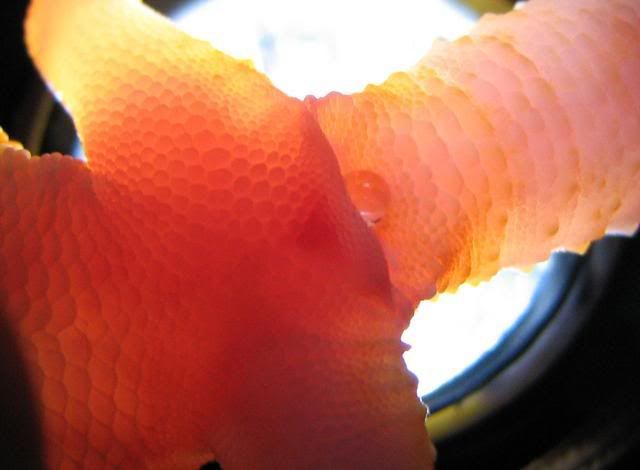
©ElapidSVT
Visual Sexing
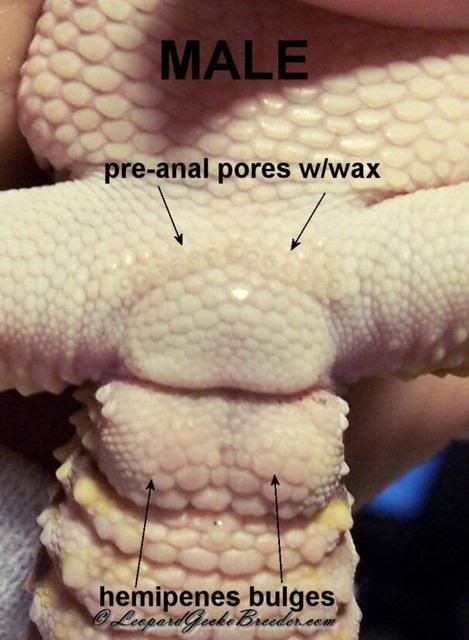

©LeopardGeckoBreeders
Ovulation
Perhatikan lingkaran merah, ada bulatan merah (merah muda, kemerahan, sampai merah darah)..
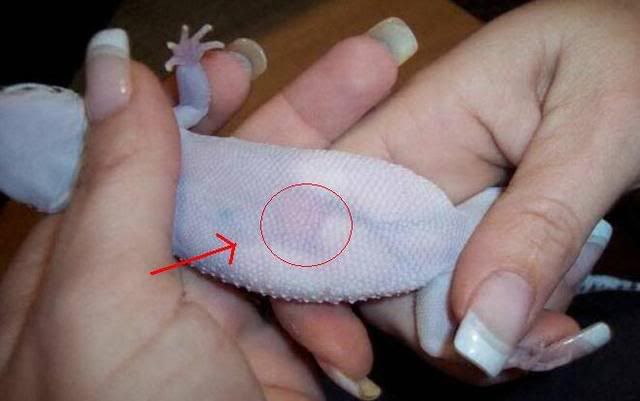
©LeopardGeckoBreeders
Egg Bounding
Egg Bounding = Sel Telur yg gagal di produksi menjadi telur, atau pre-laying depressed (faktor stress ketika waktu bertelur), atau kurang gizi.. Berakibat hingga kematian Leopard Gecko..
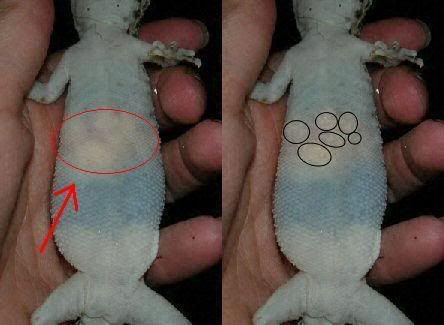
©Anonymus
Egg Candling
Beberapa jam setelah bertelur
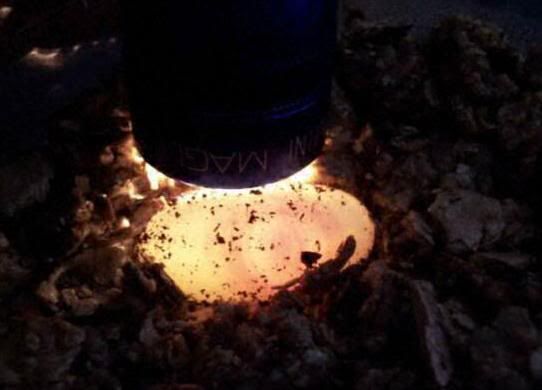
2minggu setelah bertelur (atas: fertile, bawah: infertile)
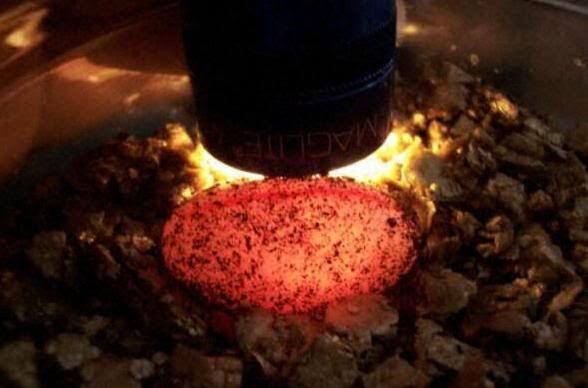
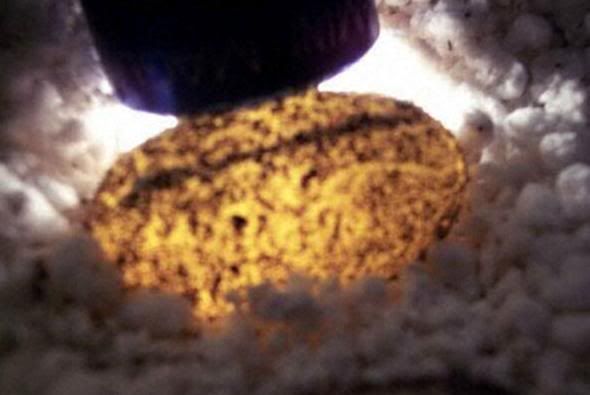
©LeopardGeckoBreeders
Thanks for visiting, Semoga membantu..

Dilakukan dengan menggunakan senter tepat di atas bagian pangkal ekor LG baby, sehingga akan terlihat transparan dan kemerahan..
Male
Perhatikan pada pangkal ekor, ada 2 garis urat merah, yang nantinya akan membentuk bulges seperti pada LG jantan adult..

Female
Pada LG baby betina, pada pangkal ekor polos, tidak ada urat merah seperti yang jantan..

©ElapidSVT
Visual Sexing


©LeopardGeckoBreeders
Ovulation
Perhatikan lingkaran merah, ada bulatan merah (merah muda, kemerahan, sampai merah darah)..

©LeopardGeckoBreeders
Egg Bounding
Egg Bounding = Sel Telur yg gagal di produksi menjadi telur, atau pre-laying depressed (faktor stress ketika waktu bertelur), atau kurang gizi.. Berakibat hingga kematian Leopard Gecko..

©Anonymus
Egg Candling
Beberapa jam setelah bertelur

2minggu setelah bertelur (atas: fertile, bawah: infertile)


©LeopardGeckoBreeders
Thanks for visiting, Semoga membantu..







